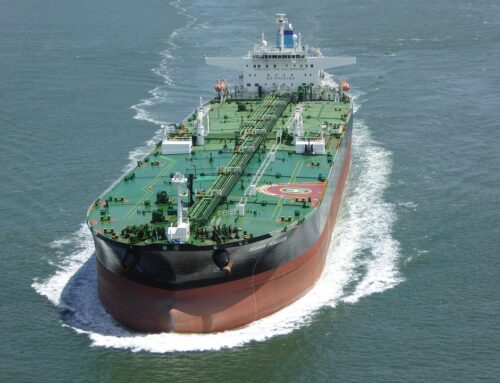This article features as part of our proprietary research into the effects of the Fiscal Cliff and related budget reduction factors on the US Defense industry
Why Oshkosh (NYSE:OSK) is a top SELL target
Here is how the tale goes: you have a company producing different products, for different markets, and for different purposes. But with one common denominator: they are all specialty vehicles. It is Oshkosh in a nutshell.
Solid products for mature markets…
One would think this is THE recipe for success. Possibly. A deeper look at the road it has taken, though, reveals pits not even the most powerful four-wheel drive may be able to surmount. The majority of Oshkosh’s sales are linked to the Defense sector and, needless to say, the Presidential election and the potential US budget sequestration are haunting presences. Furthermore, not only its sales, but its profitability too is largely dependent on the Defense segment:
- Defense sales represents 79% of Total Sales in 2011
- The associated operating income is 90% in the same year.

Sales & Operating Income in USD Millions
An undeniable disproportion; and the cracks keep appearing as the analysis ventures into the future. Since the company has no product diversification (it manufactures only vehicles), the dependence on the US market (and the Defense budget) is sizeable. In fact, some 82% of Total Sales in 2011 were made in the US,of which 56% came from US government. In addition, there are some compounding effects adding complexity to an already intricate tale. The company states it is affected by the spend in OCO (Overseas Contingency Operations) since it provides armouring and maintenance services at areas near to the theatre of military conflicts. Moreover, the President’s FY2013 budget request to Congress presented on February 13, 2012 shows a significant reduction of programs in which Oshkosh is the main contractor. The overall reduction totals $653M and it represents a – 60% delta to the FY2012 budget.
A cloudy horizon seems to be ahead…
Solid vehicles mean solid balance sheets too? Not quite. The overall amount of debt (long-term and short-term) has been increasing over recent years and has reached a preoccupying Debt/Equity ratio of 172% in 2011, vastly above the industry average. But there is more. Or less, in cash terms. The company is in cash distress, offering a meagre Cash/Total Assets ratio of 9% in 2011, and it has not paid out any dividend in the past two years. Predictably, the stock has under performed the benchmark indices (S&P Midcap 400 and SIC Code 371 index) since 2008. So the moral of the tale is clear: even a company offering strong products to stable markets has its weaknesses, and it will take more than powerful engine to help it escape the imminent storm coming its way.
By Lorenzo Beriozza


